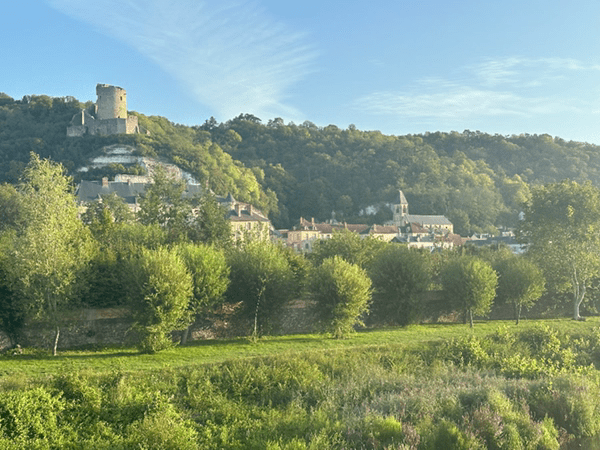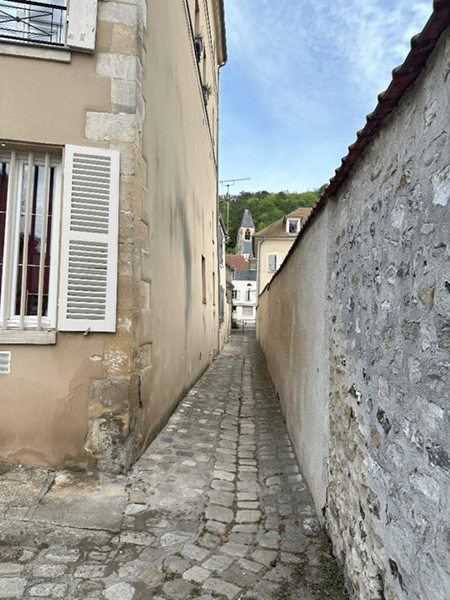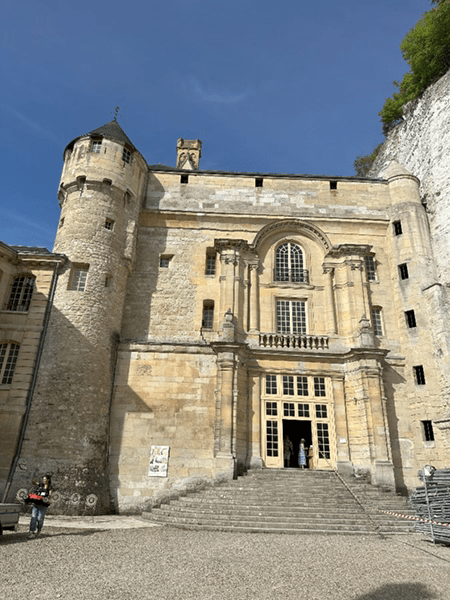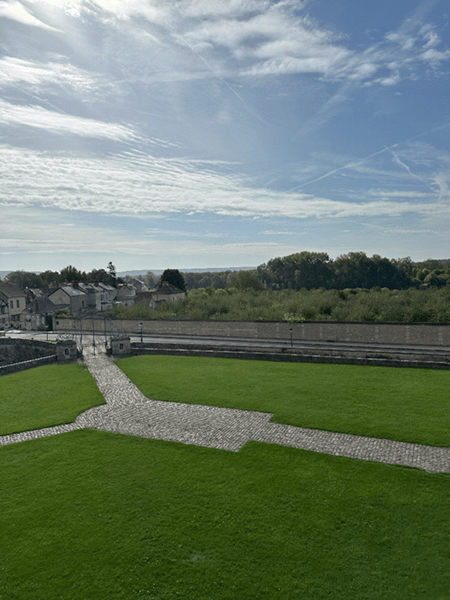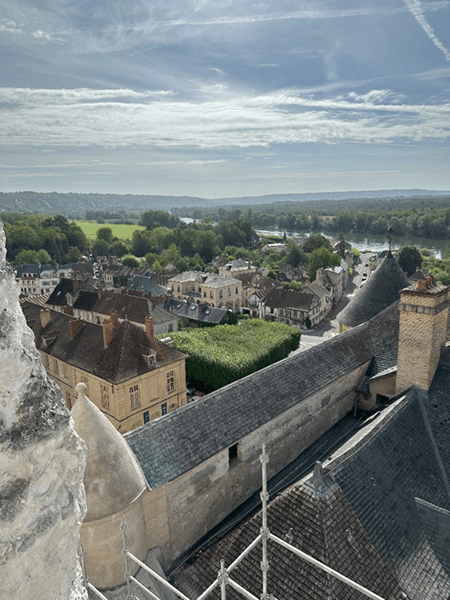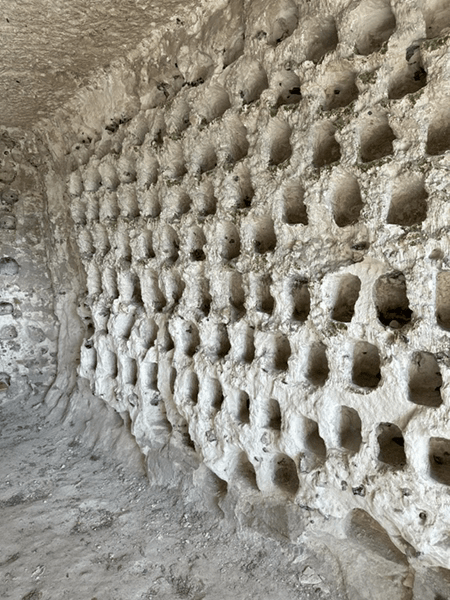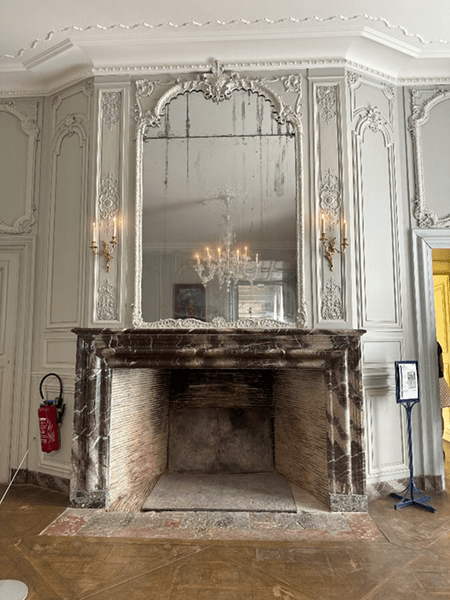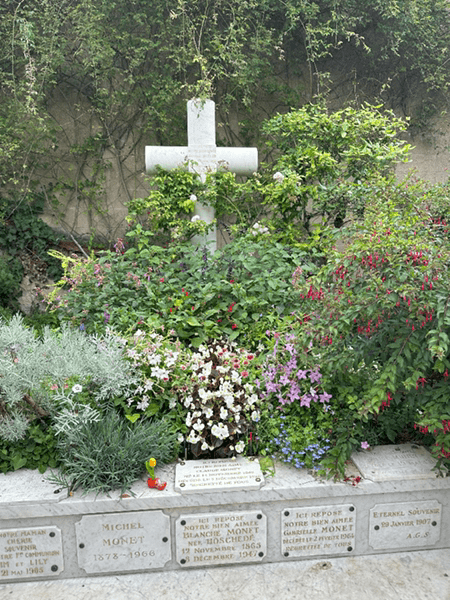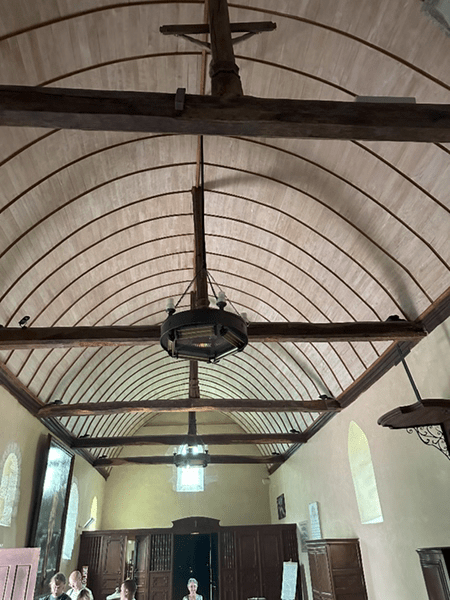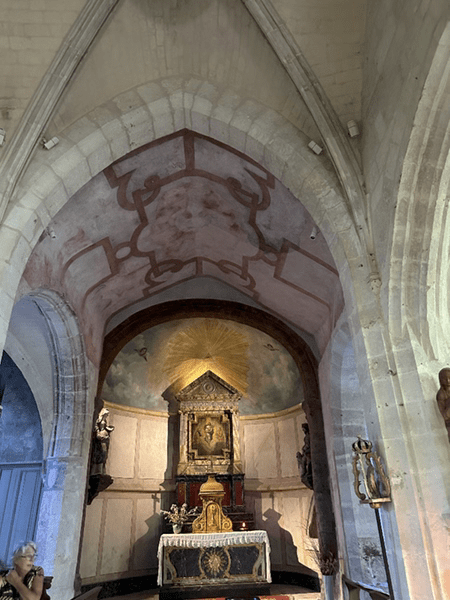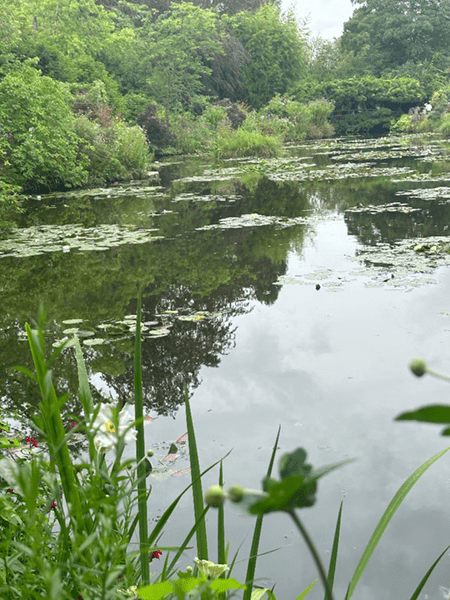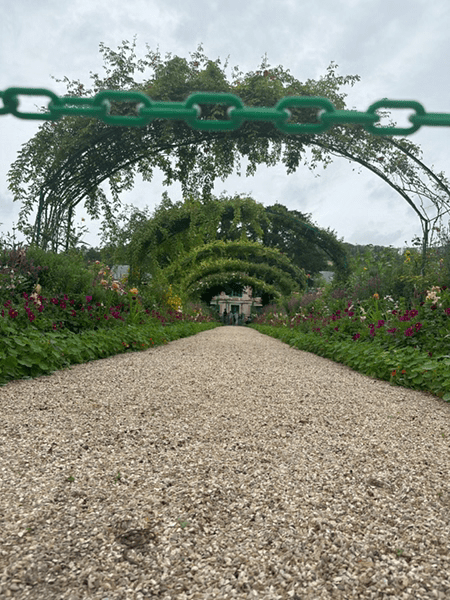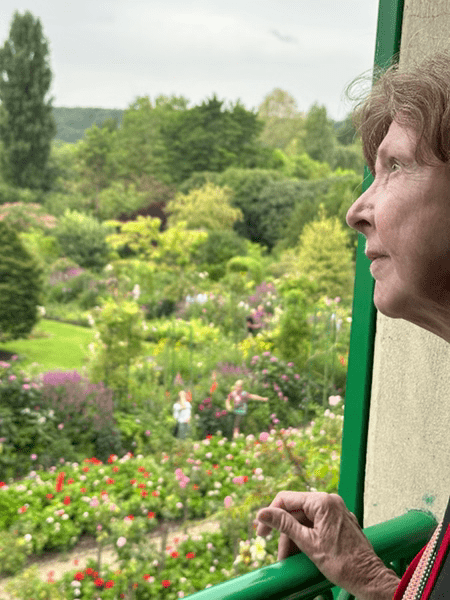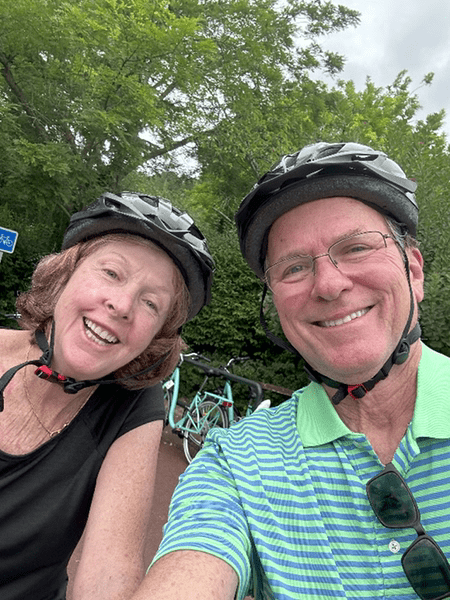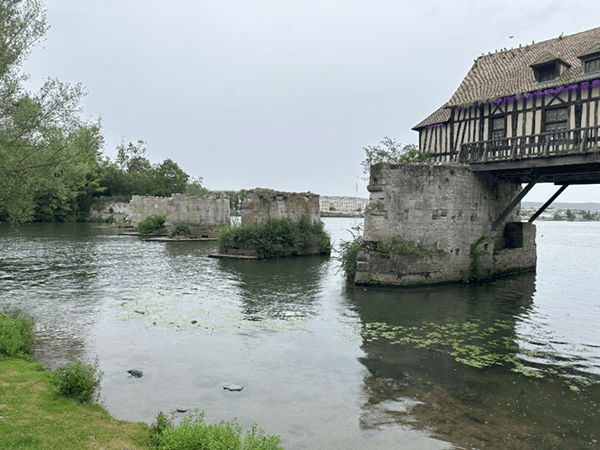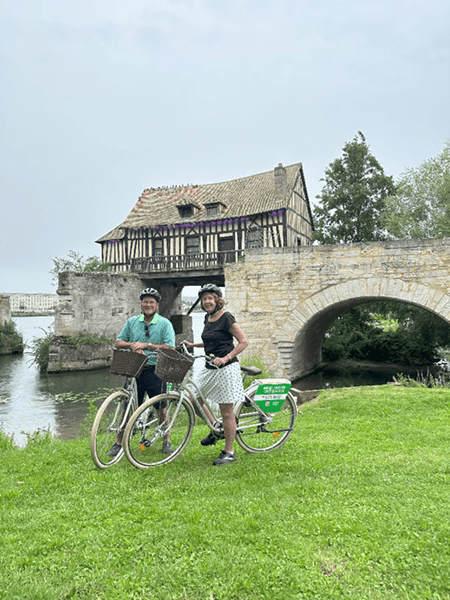Follow our journey on this map.
Day 49. Seven weeks into our trip. We can’t wait to get home; we don’t want this to end either.
Today we awoke to being docked in La Roche-Guyon. La Roche-Guyon is a commune that grew around the Château de La Roche-Guyon, upon which historically it depended for its existence. The commune's population in 2019 was 479.
The old fortified castle in ruins, dominated by its keep , at the top of the hillside received significant additions in the 18th century at the foot of the hillside and a "French-style" garden and vegetable garden. The castle, classified as a historical monument, is now managed by a public institution. It was widened and embellished on numerous occasions, notably during major works in the 18th century, the former stronghold has gradually become a ceremonial place.
We spent a bit of time in the castle learning of its history and different architectural periods. One of the interesting rooms was the Pigeonnerie—a house for the homing pigeons used for messaging.
Part of the discussion with the guide was the styles of eating and table setting through the centuries. While that really didn’t sound all that exciting, it turned out to be rather interesting. From the explanation of “clinking” drinking vessels (so the liquid would splash out into the other people’s cups to minimize poisoning) to the lack of cutlery to reduce the number of weapons we learned about the periods. Then the guide started a competition to set the tables in the proper period. Not to brag, but our team won!
After the chateau tour, we wandered through the garden and boarded the ship which sailed immediately to Vernon. It was really nice to sit on the bow of the ship in the bright sunshine as we slowly sailed down the river.
The weather started turning when we arrived in Vernon. We opted for a bicycle tour to Giverny (where Claude Monet did most of his painting) instead of taking a bus. Given the average age of the passengers we were not all that surprised that only 3 of us were on the tour. It was really personalized for us.
The first stop was at the church where Monet and his family are buried. The church, which still has an active congregation, was built in the 11th and 14th centuries. I took some photos that showed the original section with the roof structure in the form of an upside down boat (11th century) and the gothic arches (15th century).
Pedaling away from the church we arrived at Claude Monet’s home and gardens. We spent quite a lot of time walking through the gardens and learning about why Monet painted so many water lilies: because the light was always different. Heavy clouds started coming in reducing the light for the photos; it was a beautiful vista not accurately captured in my photos.
We left the gardens for the 3-mile ride back to ship, stopping at an old mill house to have some local cider and macrons. It was raining so we didn’t spend a lot of time there but it was a great view.
